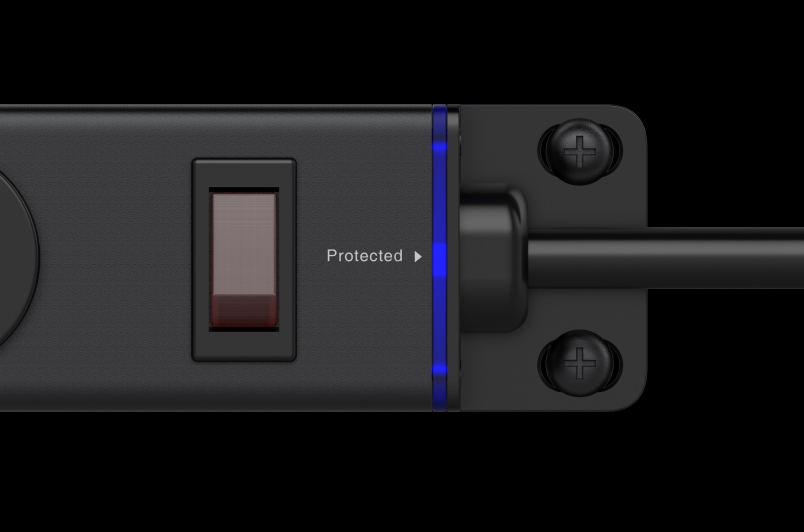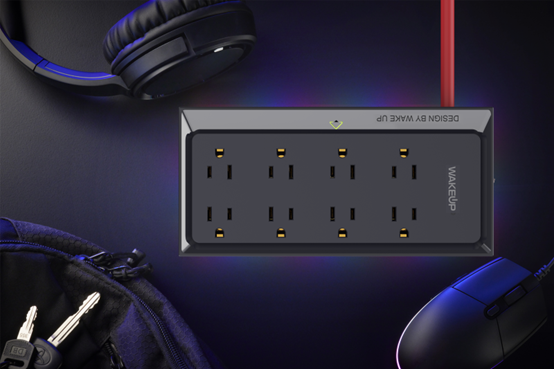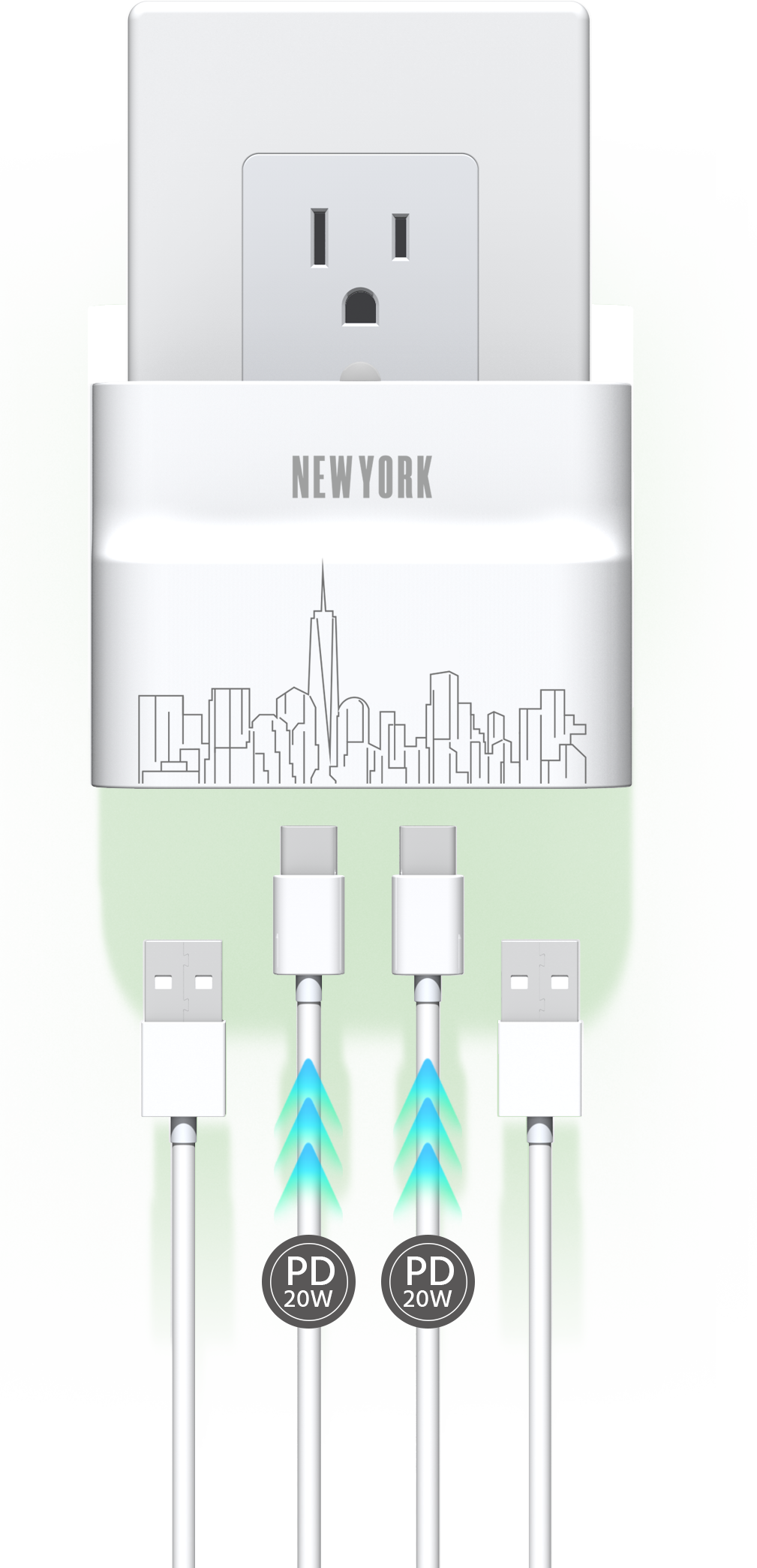In the realm of electronics, confusion between surge protectors and power strips often leads to costly mishaps. The distinction between these two devices is vital for safeguarding your valuable gadgets. A surge protector acts as a shield, intercepting power spikes and preventing potential damage to your electronics. On the other hand, a power strip serves as a multi-outlet extension cord, offering convenience for plugging in multiple devices but lacking surge protection.

To demystify this comparison, we explore the intricate workings of surge protectors versus power strips. Equip yourself with the knowledge needed to make informed decisions and shield your devices from electrical surges.
Understanding Surge Protectors
Surge protectors protect electronic equipment from voltage spikes. These spikes can occur due to various reasons, such as lightning strikes, power outages, or the sudden activation of high-powered devices. A surge protector diverts excess voltage away from connected devices, preventing damage. This is achieved through components like metal oxide varistors (MOVs), which absorb excess energy and channel it safely to the ground.
Key Features of Surge Protectors
- Joule Rating: Indicates how much energy the device can absorb before failing. A higher joule rating means better protection.
- LED Indicators: Show the protection status, alerting users when replacement is necessary.
- Built-in Circuit Breakers: Disconnect power in case of overload, preventing overheating.
A surge protector can mean the difference between a functioning device and a ruined investment. With the increasing reliance on electronics, surge protectors are more critical than ever.
The Role of Power Strips
Power strips extend the number of available outlets, allowing multiple devices to connect to a single power source. This is particularly beneficial in homes and offices where outlet space is limited.
Key Features of Power Strips
- Additional Outlets: Enables multiple device connections.
- USB Ports: Some models include USB charging capabilities.
- Individual Switches: Allows control of power to specific outlets.
While power strips offer convenience, they do not provide surge protection. Using them for low-power devices is acceptable, but caution is needed with high-energy appliances to prevent hazards.
Surge Protector vs. Power Strip: Key Differences
| Feature | Surge Protector | Power Strip |
|---|---|---|
| Primary Function | Protects against voltage spikes | Expands available outlets |
| Surge Protection | Yes, absorbs excess voltage | No, only provides outlets |
| Joule Rating | Specified for protection | Not applicable |
| LED Indicators | Often present | Usually absent |
| Best Use Cases | Computers, TVs, gaming consoles | Lamps, chargers, small devices |
Understanding these differences helps in making informed decisions regarding the protection of your electronic investments.
Importance of Surge Protection
Power surges can occur unexpectedly due to natural events like thunderstorms or man-made issues such as faulty wiring. Without a surge protector, devices are left vulnerable to potential damage, leading to costly repairs or replacements.
Why You Need a Surge Protector
- Prevents Immediate Damage: Protects sensitive electronics from sudden voltage spikes.
- Extends Device Lifespan: Reduces gradual wear caused by minor fluctuations.
- Provides Peace of Mind: Ensures the safety of valuable gadgets.
Using a surge protector is a proactive decision to preserve the health and longevity of your devices.
Choosing the Right Surge Protector
Selecting the right surge protector involves understanding your needs and evaluating various features.
Factors to Consider
- Joule Rating: Higher ratings offer better protection.
- Number of Outlets: Choose based on the number of devices.
- USB Ports: Useful for charging mobile devices.
- Additional Features: Look for Ethernet or coaxial protection if needed.
By assessing your setup and choosing a surge protector with the right specifications, you can ensure the safety of your electronics.
Benefits of Using Power Strips

While power strips do not offer surge protection, they still provide several benefits.
Advantages
- Expands Outlet Capacity: Essential for areas with limited outlets.
- Organizes Cables: Reduces clutter and simplifies cable management.
- USB Charging Options: Convenient for charging multiple devices.
Power strips improve accessibility and organization, making them a practical addition to any setup.
Common Misconceptions About Surge Protectors and Power Strips
Myth 1: All Power Strips Provide Surge Protection
Not all power strips are surge protectors. Many simply provide additional outlets without any protective components.
Myth 2: Surge Protectors Last Forever
Over time, the components in surge protectors degrade. Regular replacement is necessary to maintain effectiveness.
Myth 3: Only Expensive Electronics Need Surge Protection
Any device connected to a power source is at risk. Even household appliances benefit from surge protection.
Understanding these misconceptions helps consumers make better purchasing decisions.
Installation and Maintenance Tips
Proper installation and maintenance ensure that surge protectors and power strips function safely.
Best Practices
- Plug Directly into Wall Outlets: Avoid daisy-chaining multiple power strips.
- Check for Wear and Tear: Replace damaged units immediately.
- Monitor Indicator Lights: If the protection light is off, replace the surge protector.
- Avoid Overloading: Check wattage ratings and do not exceed limits.
By following these tips, you can maximize the effectiveness of your devices.
Surge Protector and Power Strip Safety Guidelines
To maintain a safe electrical environment, consider these guidelines:
- Use Certified Devices: Look for UL or ANSI certification.
- Avoid Daisy-Chaining: Never connect multiple power strips together.
- Unplug During Storms: Reduces the risk of damage from lightning strikes.
Adhering to these safety measures helps prevent electrical hazards.
Conclusion: Making the Right Choice for Your Electronic Devices
Understanding the differences between surge protectors and power strips is crucial for ensuring the safety and longevity of your electronic devices. While power strips provide the convenience of multiple outlets, they lack the protective features necessary to safeguard sensitive electronics. On the other hand, surge protectors offer essential defense against voltage spikes, making them a vital component in any electrical setup.
By choosing the right device based on your needs, you can protect your valuable electronics and maintain a safe and efficient power management system.








